Prepare to be amazed by Amboseli National Park Kenya! This incredible park hides secrets that will leave you speechless. Nestled in the shadow of Mount Kilimanjaro, Amboseli is not just another safari destination. It’s a place where nature’s wonders come alive in the most unexpected ways.
From the unique behaviors of its famous elephant herds to the hidden historical twists, there’s so much more to discover about Amboseli National Park Kenya than you might think.
1. The Incredible Story of Echo, the Elephant Matriarch
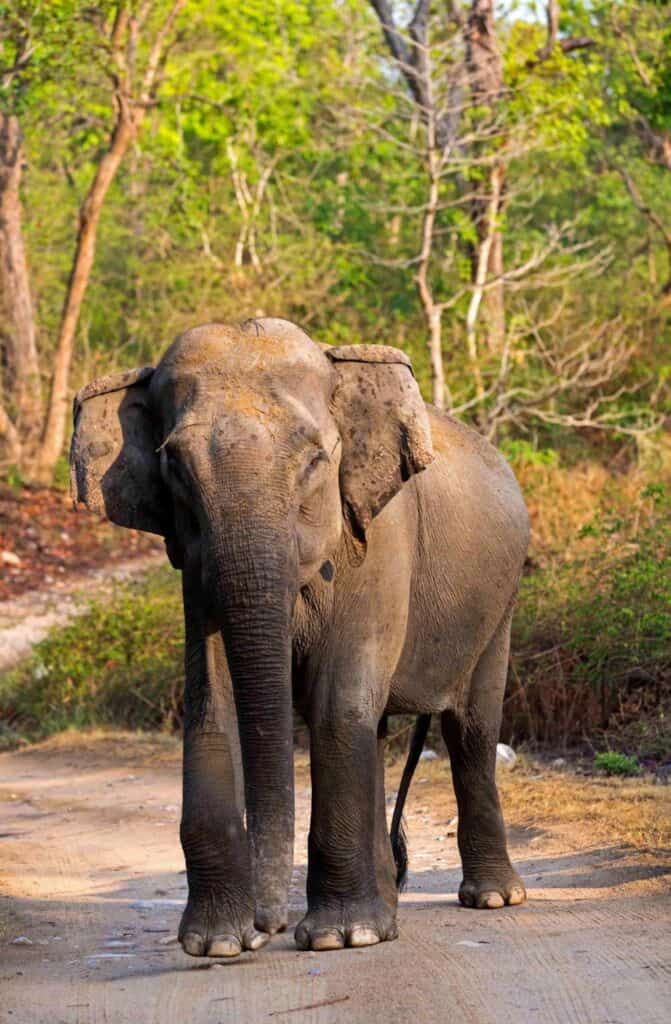
Echo wasn’t just any elephant; she was a global icon. Living in Amboseli for over forty years, she became one of the most studied elephants in the world. Researchers followed her life closely, documenting her leadership and the emotional complexity of her family. This matriarch taught us how elephants communicate, grieve, and survive in the wild. Her story changed the world’s understanding of these magnificent creatures.
Echo’s influence didn’t end with her death in 2009. Her family continues to be a focal point for researchers and tourists alike. Watching her descendants thrive in Amboseli offers a unique glimpse into elephant society. It’s a testament to the park’s commitment to conservation and education.
2. The Unique Kilimanjaro Microclimate
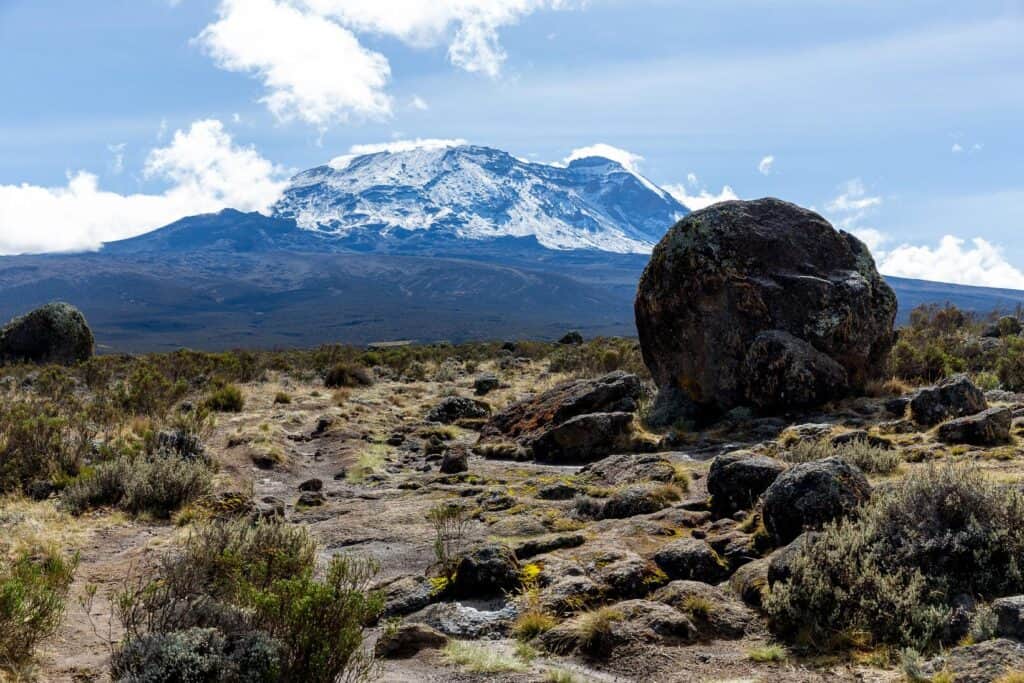
Mount Kilimanjaro, Africa’s highest peak, creates a unique microclimate that greatly influences Amboseli National Park Kenya. The mountain’s presence causes localized rain showers, making the park a mix of lush swamps and dry savannas. This contrast supports a diverse range of wildlife, from hippos wallowing in the marshes to zebras grazing on the plains.
The striking difference between the green wetlands and the dry plains is one of Amboseli’s most fascinating features. This variety in landscapes allows for an incredible diversity of animals to thrive. Visitors can see everything from herds of elephants and wildebeests to flocks of vibrant birds, all within a short distance.
The influence of Mount Kilimanjaro also means that Amboseli experiences unique weather patterns. While the surrounding areas might be dry, the park often enjoys cooler temperatures and more frequent rain showers. This makes Amboseli National Park Kenya an exceptional place to witness the wonders of nature.
3. The Mysterious Disappearance and Reappearance of Lake Amboseli
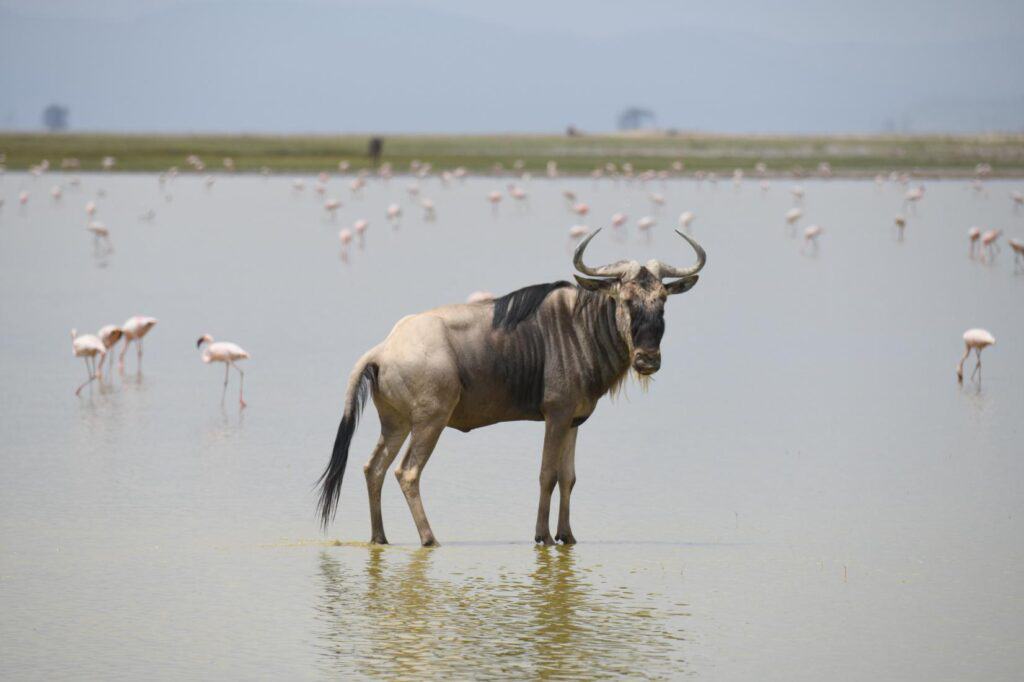
Amboseli National Park Kenya is home to seasonal lakes, with Lake Amboseli being the most intriguing. Historically, Lake Amboseli was a permanent body of water, but today it vanishes during dry seasons and reappears with the rains. This phenomenon has puzzled scientists and fascinated visitors for years.
The lake’s dramatic changes are a result of the region’s unique climatic conditions. During the wet season, the lake fills up and can even flood, creating a temporary oasis for wildlife. In the dry season, it transforms into a dusty plain, showcasing the park’s incredible environmental diversity.
Visitors to Amboseli National Park Kenya often marvel at this natural wonder. The sight of the lake appearing and disappearing adds an element of mystery and beauty to the park. It’s one of the many reasons Amboseli stands out as a unique and captivating destination.
4. Amboseli’s Role in Elephant Conservation
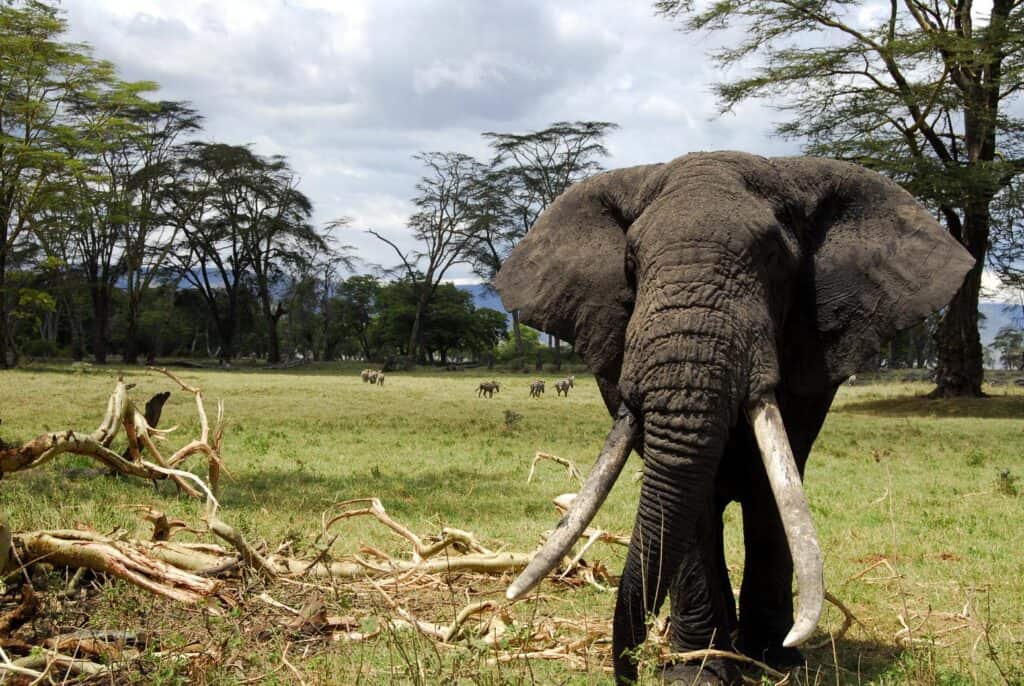
Amboseli National Park Kenya is a vital sanctuary for elephants, including some of Africa’s last “super tuskers.” These elephants are famous for their enormous tusks, which make them prime targets for poachers. Despite these threats, Amboseli has become a safe haven for these majestic creatures thanks to dedicated conservation efforts.
One of the most famous “super tuskers” was Tim, who roamed the park with his impressive tusks until his death in 2020. Tim was a symbol of hope and resilience, attracting attention from conservationists and tourists alike. Another well-known elephant, Craig, continues to thrive in the park, showcasing the success of Amboseli’s conservation programs.
These elephants are not just a tourist attraction; they play a crucial role in maintaining the park’s ecological balance. By protecting these giants, Amboseli helps preserve genetic diversity and the overall health of the elephant population. The park’s efforts serve as a powerful example of how focused conservation can make a significant difference.
5. Controversial Transfer of Park Management
In 2005, Amboseli National Park Kenya became the center of a heated debate when Kenyan President Mwai Kibaki announced the transfer of park management. Control was shifted from the Kenya Wildlife Service to the Olkejuado County Council and the Maasai tribe. This decision was seen by many as a political move to gain support for a new constitution.
The transfer sparked legal battles and intense discussions about the best way to manage the park. Critics feared that the change might compromise conservation efforts, while supporters believed it would benefit the local Maasai community. The controversy highlighted the complex relationship between politics, conservation, and community rights in managing natural resources.
Despite the challenges, Amboseli has continued to thrive. The park remains a crucial habitat for wildlife and a popular destination for tourists. The management transfer underscores the importance of balancing conservation goals with the needs and rights of local communities.
6. Amboseli’s Rich Biodiversity
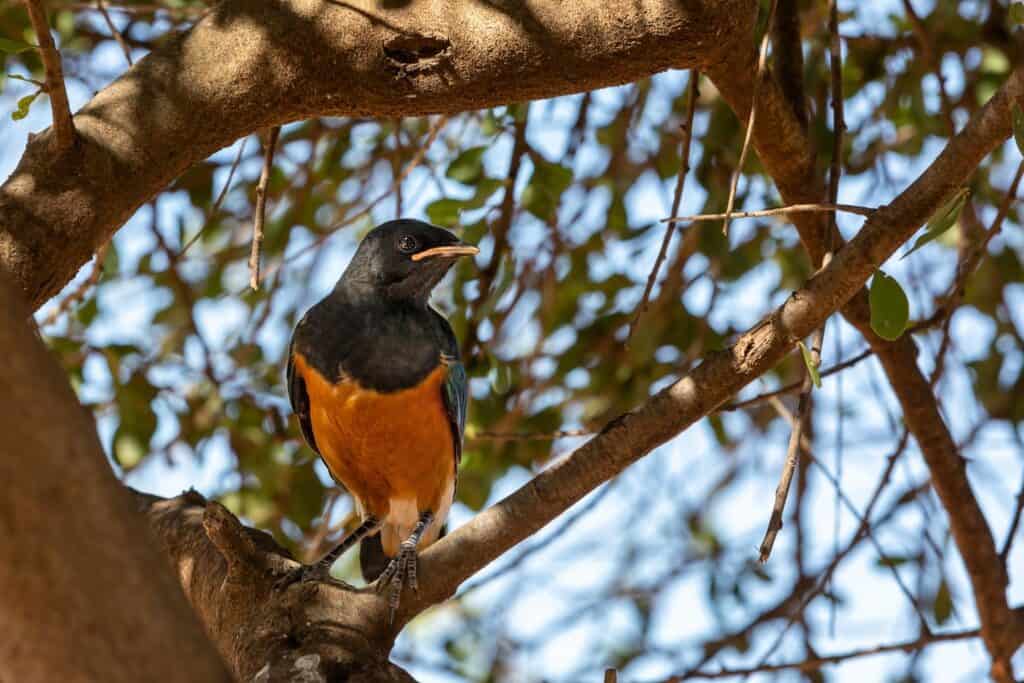
Amboseli National Park Kenya is home to an astonishing variety of wildlife. The park’s diverse habitats, including swamps, savannas, and woodlands, support a wide range of animals. Visitors can see elephants, lions, cheetahs, giraffes, zebras, and more, all in their natural environment.
Bird lovers will also find paradise in Amboseli. The park boasts over 420 bird species, including rare and endangered birds like the shoebill and the Malagasy pond heron. The mix of resident and migratory birds makes it a top destination for birdwatching.
The rich biodiversity of Amboseli is a testament to the park’s healthy ecosystem. It showcases the incredible variety of life that thrives in this unique environment. Whether you’re a wildlife enthusiast or a casual visitor, Amboseli offers unforgettable experiences.
7. The Maasai Connection

The Maasai people have a deep connection to Amboseli National Park Kenya. Their culture and traditions are closely tied to the land. Visitors can learn about Maasai customs, see traditional dances, and understand their way of life.
Tourism has had a significant impact on the Maasai community. While it brings economic benefits, it also poses challenges. Balancing the preservation of Maasai culture with the demands of modern tourism is an ongoing effort.
The Maasai’s involvement in park management is a unique aspect of Amboseli. It highlights the importance of including local communities in conservation efforts. This collaboration helps ensure the park’s sustainability and the well-being of the Maasai people.
Additional Tips for Visitors
The best time to visit Amboseli is during the dry season, from June to October and December to January. This is when wildlife is most active around water sources, and roads are more accessible. Remember to bring sun protection and malaria prevention measures. Enjoy the stunning views, and be a responsible tourist by respecting park rules and local culture.
Amboseli National Park Kenya is full of surprises. From the emotional stories of its elephant herds to the unique weather patterns influenced by Mount Kilimanjaro, there’s always something new to discover. The park’s rich history, controversial management decisions, and vital role in conservation make it a fascinating destination. If you’re looking for an unforgettable adventure, Amboseli is the place to be.
